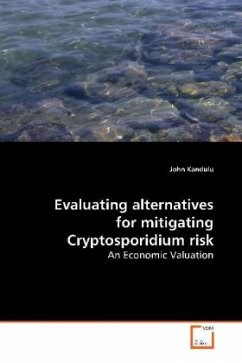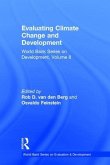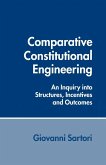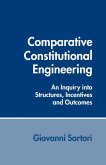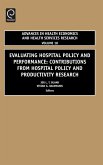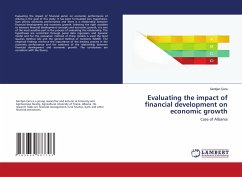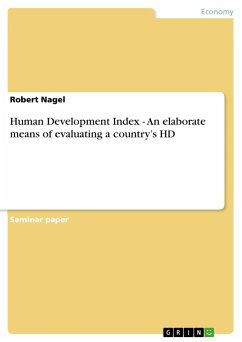Evaluations of pathogen management options have
focussed on assessing relative removal effectiveness
as a basis for prioritising alternative management
investment decisions. Using a case study of the
Myponga catchment, South Australia, this work
presents results of a cost-effectiveness risk
analysis of catchment- and treatment-based water
quality management alternatives for mitigating
Cryptosporidium risk. A range of costs and benefits
including set-up and operating costs, farm business
costs and benefits, and environmental service
benefits are considered in comparing the net cost
associated with each management alternative.
Considering the broader range of costs and benefits
changes the relative cost-effectiveness of water
quality management alternatives significantly.
focussed on assessing relative removal effectiveness
as a basis for prioritising alternative management
investment decisions. Using a case study of the
Myponga catchment, South Australia, this work
presents results of a cost-effectiveness risk
analysis of catchment- and treatment-based water
quality management alternatives for mitigating
Cryptosporidium risk. A range of costs and benefits
including set-up and operating costs, farm business
costs and benefits, and environmental service
benefits are considered in comparing the net cost
associated with each management alternative.
Considering the broader range of costs and benefits
changes the relative cost-effectiveness of water
quality management alternatives significantly.

